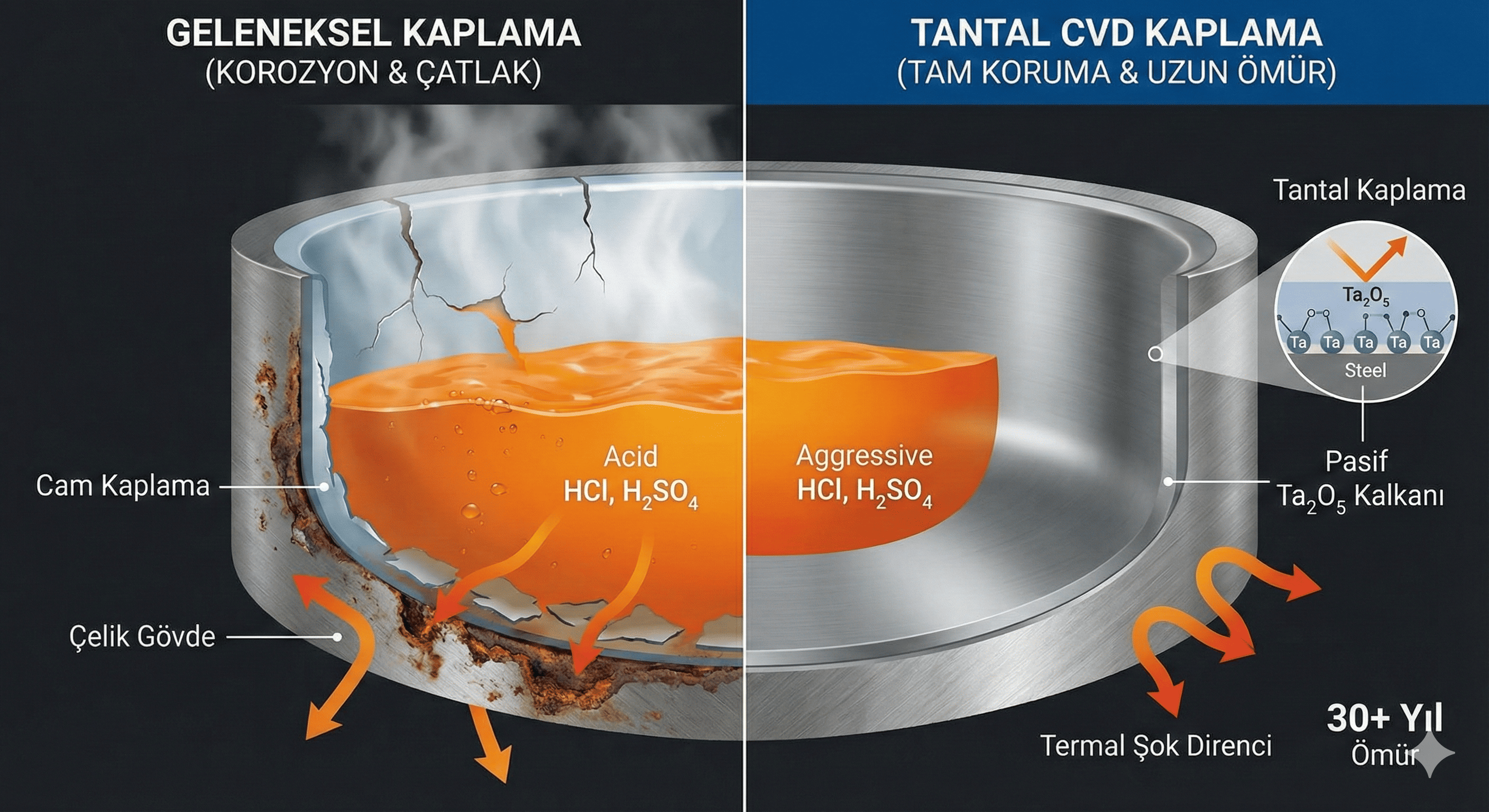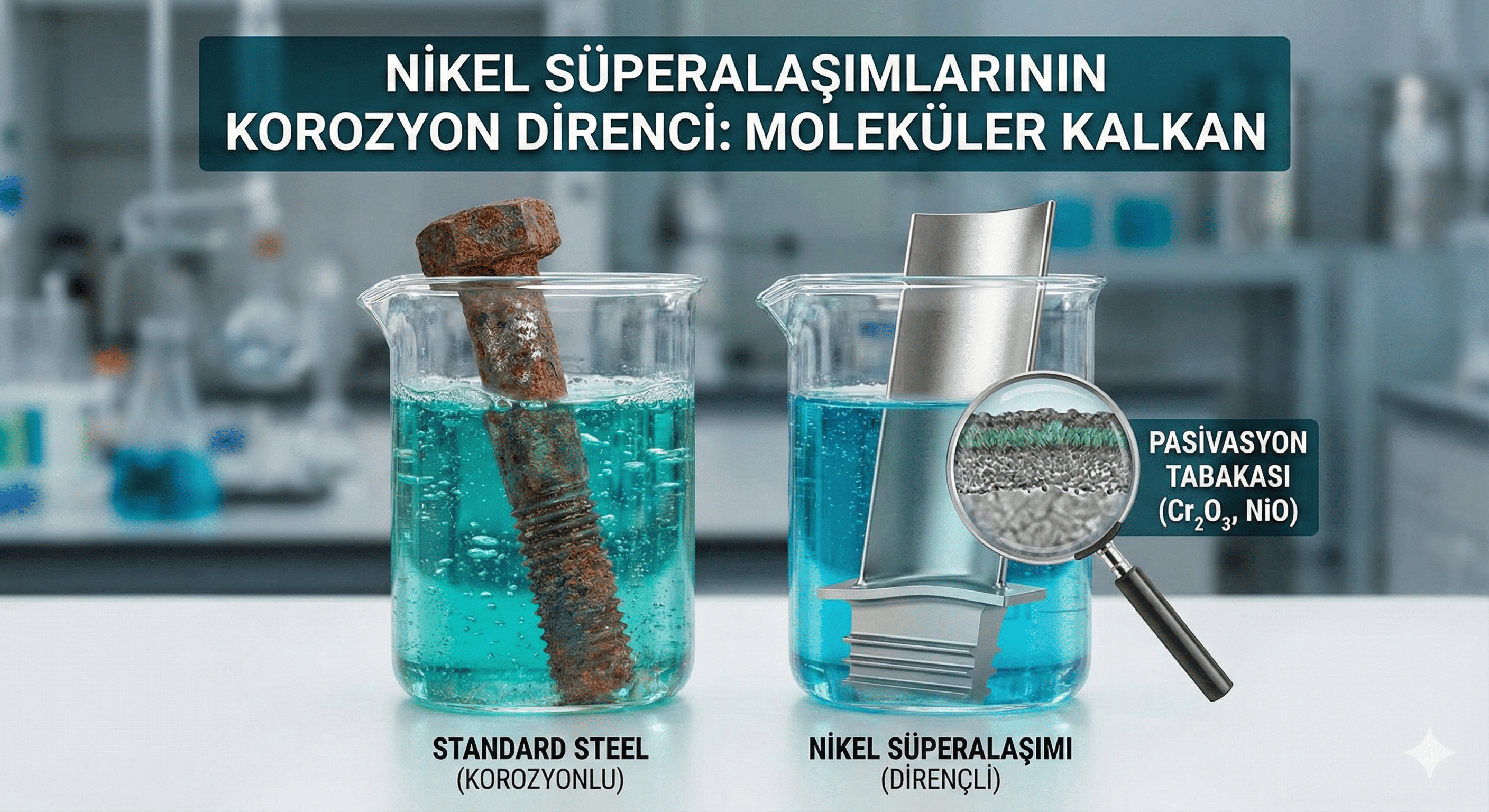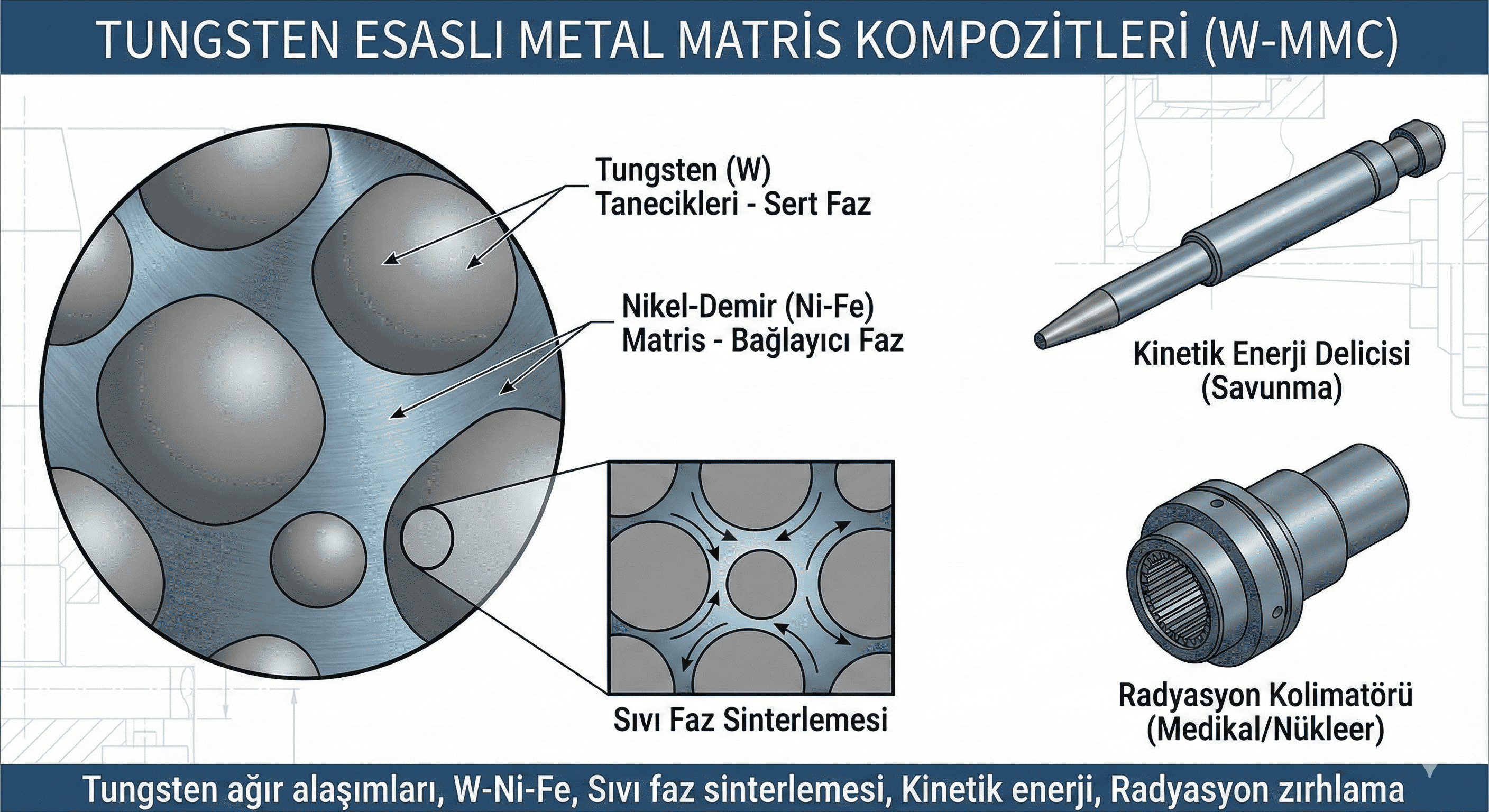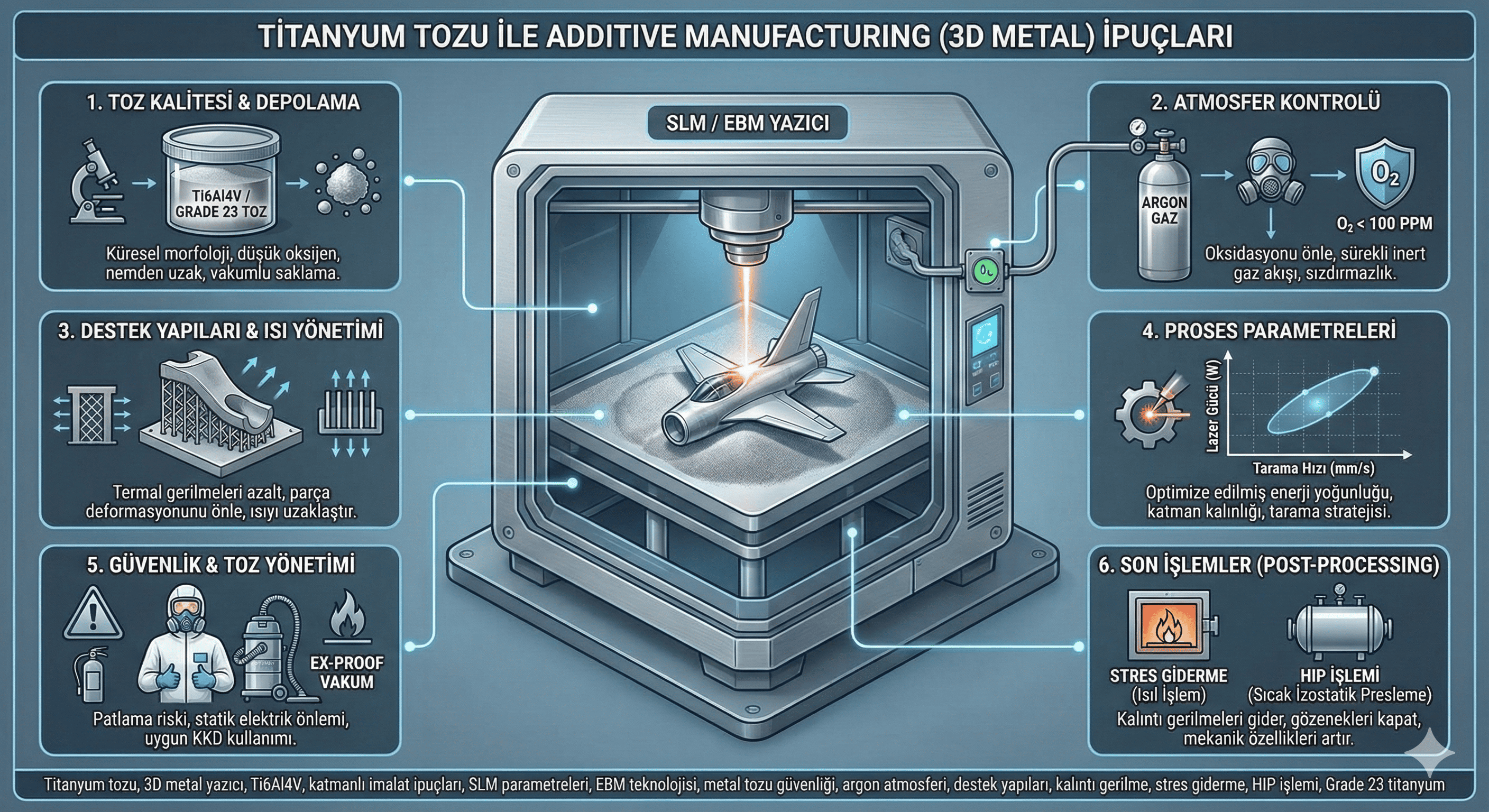Single-Walled Carbon Nanotubes (SWNTs): Properties, Synthesis, and Applications
Introduction
Single-Walled Carbon Nanotubes (SWNTs) are a fascinating class of nanomaterials that exhibit extraordinary electrical, mechanical, and thermal properties. These cylindrical structures, consisting of a single layer of carbon atoms arranged in a hexagonal lattice, have garnered significant attention in nanotechnology and materials science due to their unique and versatile applications.
Structure and Properties
- Structure:
- Geometry: SWNTs are essentially rolled-up sheets of graphene, forming a seamless cylindrical tube. The diameter of SWNTs typically ranges from 0.6 to 2 nm, and their length can extend up to several micrometers.
- Chirality: The properties of SWNTs are highly dependent on their chirality, which is determined by the angle at which the graphene sheet is rolled into a tube. This chirality affects the electronic properties of the nanotubes, making them either metallic or semiconducting.
- Mechanical Properties:
- Strength: SWNTs exhibit extraordinary tensile strength, with theoretical strengths up to 100 GPa, making them among the strongest known materials.
- Elasticity: They have a high Young’s modulus, meaning they are very stiff and can withstand significant stress without deformation.
- Electrical Properties:
- Conductivity: Depending on their chirality, SWNTs can be metallic or semiconducting. Metallic SWNTs are excellent conductors of electricity, while semiconducting SWNTs have potential applications in electronics and optoelectronics.
- Quantum Effects: SWNTs exhibit unique quantum mechanical effects due to their one-dimensional nature, which can be harnessed in nanoelectronics.
- Thermal Properties:
- Conductivity: SWNTs have high thermal conductivity, capable of conducting heat efficiently along their length, which is beneficial for thermal management in electronic devices.
Synthesis Methods
- Arc Discharge:
- Process: An electric arc is struck between two graphite electrodes in an inert atmosphere, leading to the formation of carbon nanotubes. The SWNTs are collected from the soot produced.
- Challenges: This method typically produces a mixture of SWNTs and multi-walled carbon nanotubes (MWNTs), requiring subsequent purification.
- Laser Ablation:
- Process: A high-energy laser is used to vaporize a graphite target in a high-temperature furnace. The vapor condenses to form SWNTs, which are then collected.
- Advantages: This method can produce relatively high-purity SWNTs with fewer impurities compared to the arc discharge method.
- Chemical Vapor Deposition (CVD):
- Process: Carbon-containing gases (such as methane, ethylene, or acetylene) are decomposed over a metal catalyst (e.g., iron, cobalt, or nickel) at high temperatures to grow SWNTs on a substrate.
- Advantages: CVD allows for better control over the diameter and length of SWNTs and is scalable for industrial production.
- High-Pressure Carbon Monoxide (HiPCO) Method:
- Process: Carbon monoxide is reacted at high pressures and temperatures in the presence of a metal catalyst to produce SWNTs.
- Advantages: This method can yield high-purity SWNTs and allows for the production of relatively uniform nanotube samples.
- Chemical Synthesis:
- Process: This method involves chemical reactions between carbon-containing compounds and catalysts to form SWNTs. It often includes precise control over reaction conditions to tailor the properties of the nanotubes.
Functionalization and Modification
- Chemical Functionalization:
- Purpose: Functionalization involves attaching chemical groups to the surface of SWNTs to improve their solubility, reactivity, or compatibility with other materials.
- Methods: Techniques include covalent bonding of functional groups, non-covalent interactions with surfactants, and doping with other elements.
- Surface Modification:
- Purpose: Enhances the performance of SWNTs in various applications by modifying their surface properties.
- Methods: Includes coating with polymers or nanoparticles to improve dispersion in solvents or matrices.
Applications
- Electronics:
- Transistors: SWNTs are used in the development of field-effect transistors (FETs) with high performance and miniaturization capabilities.
- Sensors: Their high surface area and electrical properties make them suitable for chemical and biological sensors.
- Energy Storage:
- Batteries: SWNTs are used to improve the performance of lithium-ion batteries by enhancing conductivity and structural stability.
- Supercapacitors: Their high surface area and conductivity contribute to the development of high-capacity supercapacitors.
- Nanocomposites:
- Reinforcement: SWNTs are incorporated into polymers, ceramics, and metals to enhance mechanical, electrical, and thermal properties of the composites.
- Catalysis:
- Support Material: SWNTs serve as supports for catalytic materials in chemical reactions, offering increased surface area and stability.
- Biomedical Applications:
- Drug Delivery: Functionalized SWNTs are explored for targeted drug delivery systems due to their ability to penetrate cells and carry therapeutic agents.
- Imaging: SWNTs are used in imaging techniques such as fluorescence imaging and MRI for enhanced contrast and resolution.
Safety and Handling
- Toxicity: The potential toxicity of SWNTs is an area of ongoing research. Concerns include potential cytotoxicity and environmental impact. Proper handling and safety protocols are essential to minimize risks.
- Protective Measures: Use personal protective equipment (PPE) such as gloves, masks, and safety goggles when handling SWNTs. Work in a well-ventilated area or fume hood to avoid inhalation or exposure.
- Storage: Store SWNTs in airtight containers to prevent contamination and degradation. Keep them in a cool, dry place.
Conclusion
Single-Walled Carbon Nanotubes (SWNTs) are a remarkable class of nanomaterials with extraordinary properties and diverse applications. Their unique structure enables advancements in electronics, energy storage, nanocomposites, catalysis, and biomedical fields. Continued research and development are essential to harness their full potential while addressing safety and environmental concerns.
Feel free to ask if you have any further questions or need additional details!





